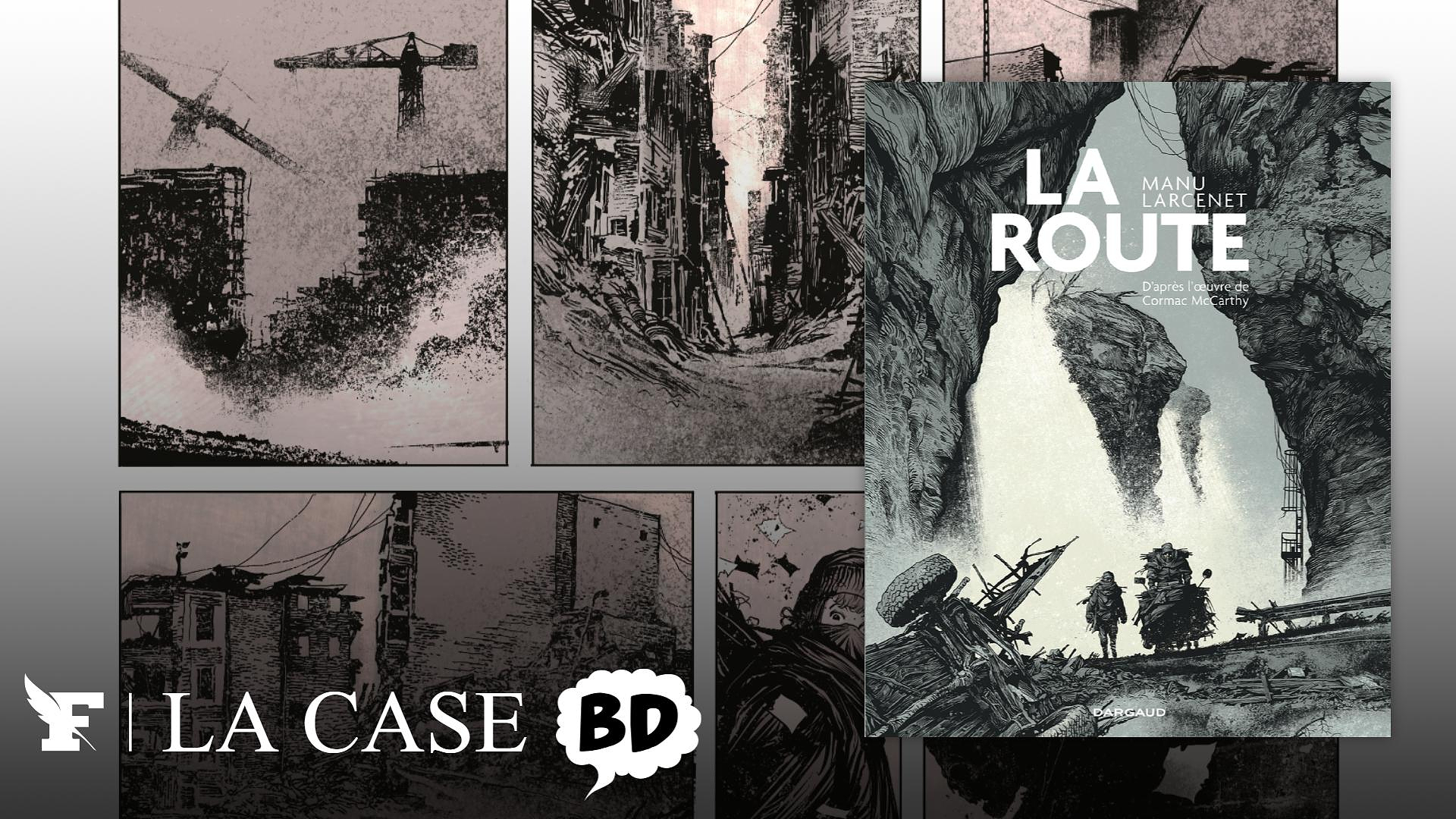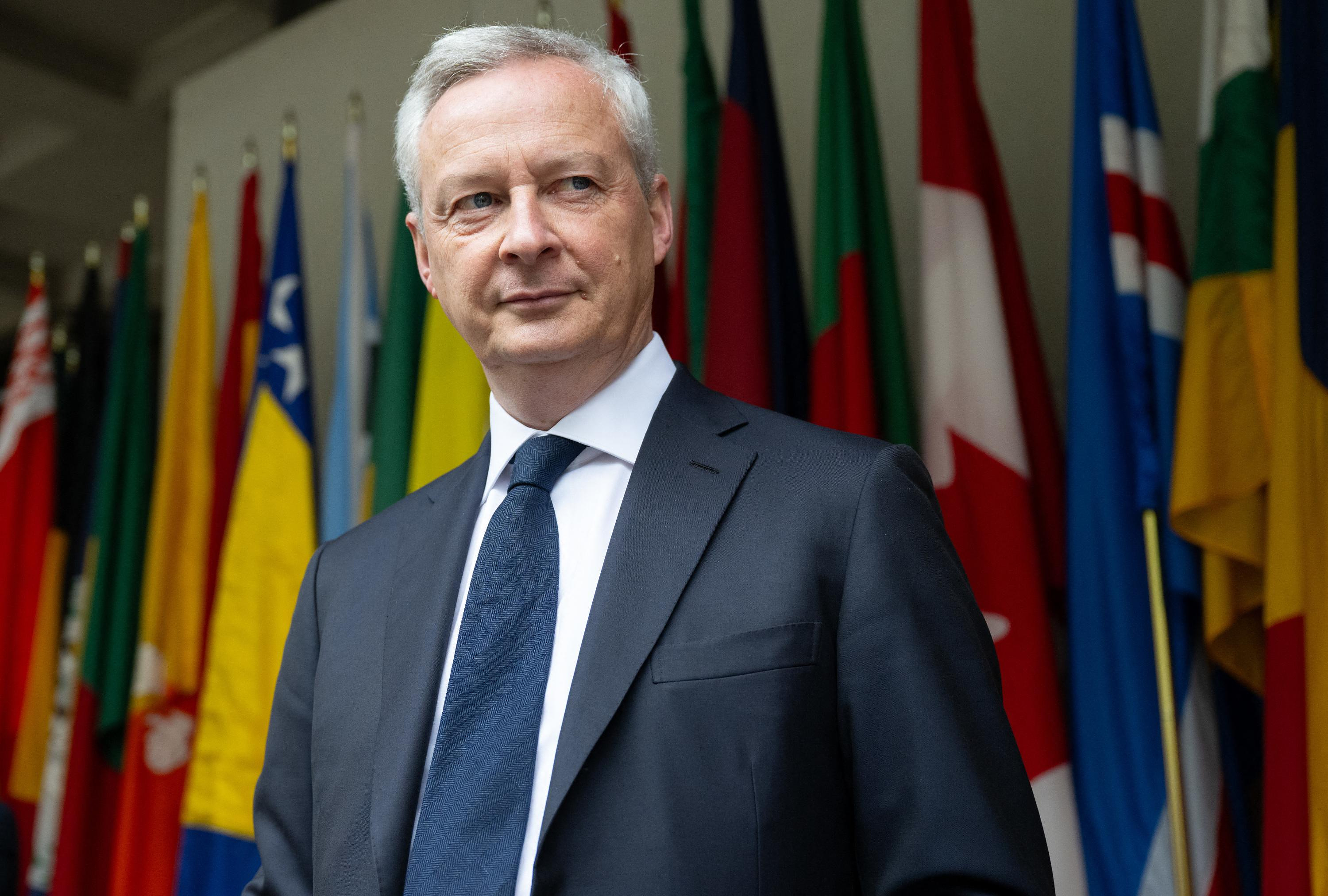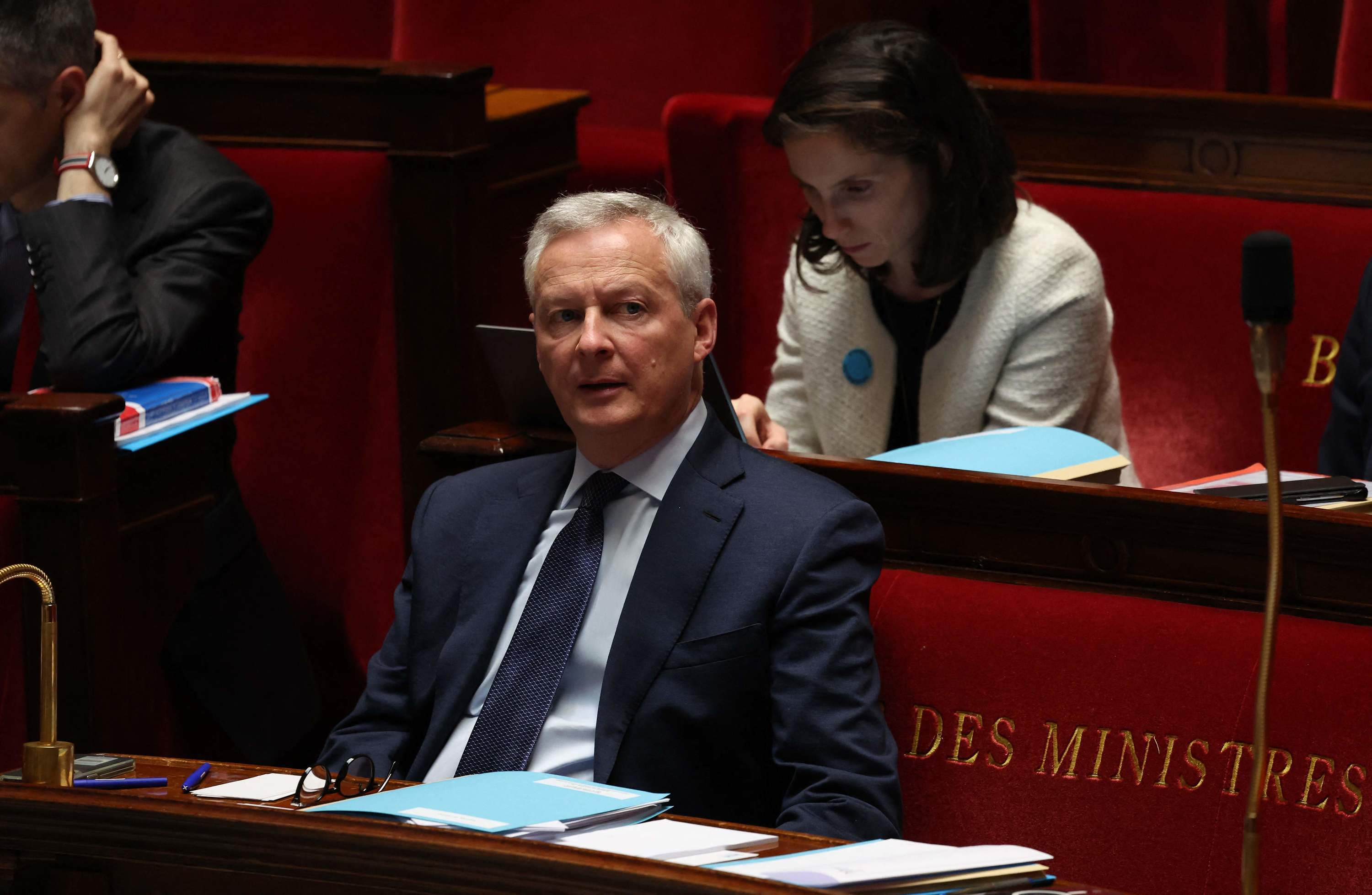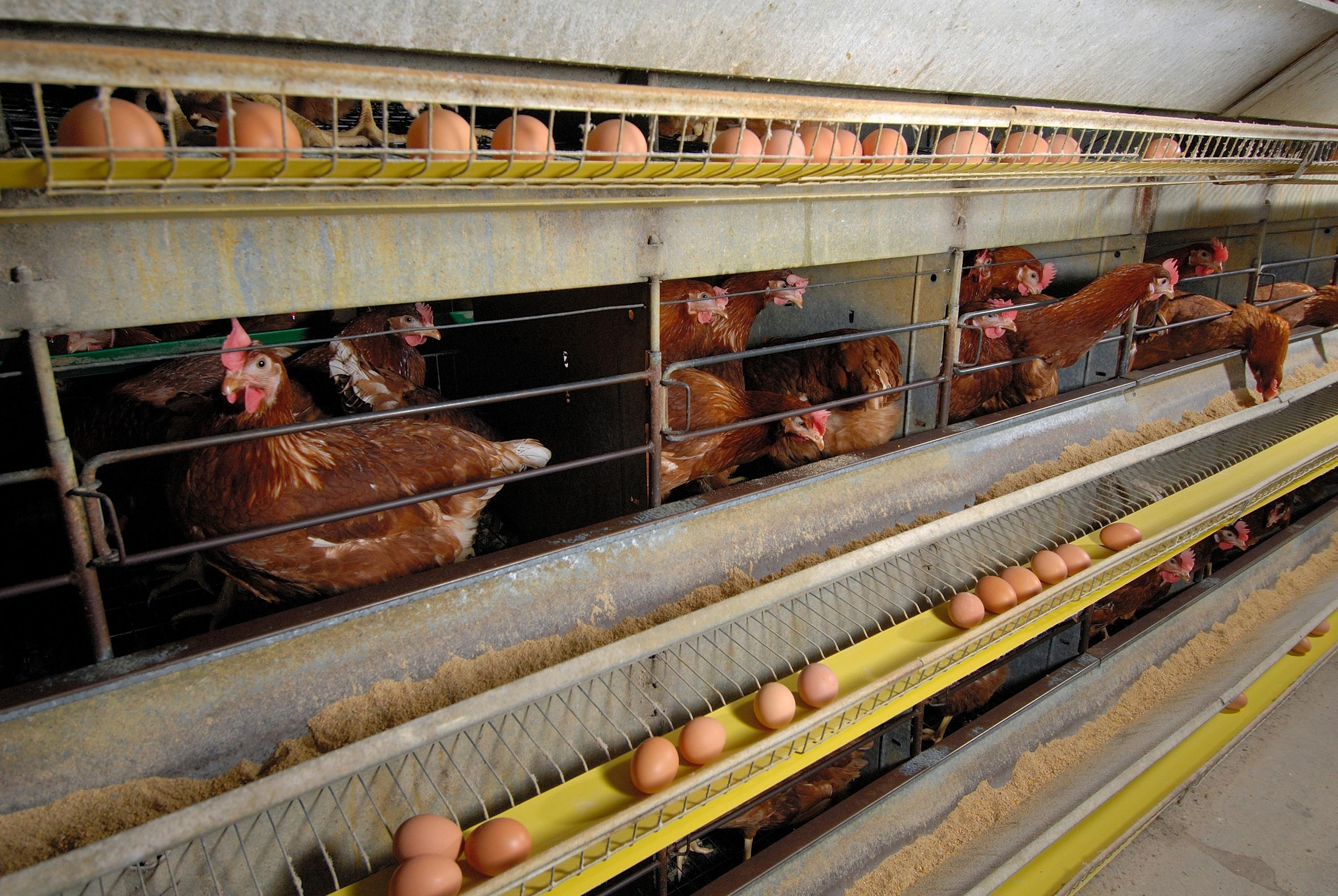A cataclysm has left the world covered in ash and strewn with corpses. Among the survivors, a father and his son head towards the southern coasts, pushing a supermarket cart filled with objects ensuring their survival, while avoiding terrible hordes of cannibals.
Who better than Manu Larcenet to take on the postapocalyptic story The Road by Cormac McCarthy and crowned with the 2006 Pulitzer Prize. “The ashes, the dust, a world where everything is rusty, shaky and in disarray... I love the aesthetic of these universes since childhood,” confides the author of the dark masterpiece Blast and the brilliant adaptation of Philippe Claudel’s novel The Brodeck Report.
Summoning the engraving of Dürer, the black works of Goya, the delicacy of Sempé, the lines of Mondrian, photography and his imagination, Manu Larcenet has produced an adaptation imbued with a rich graphic vocabulary. Abandoning his habits, the designer deploys a realistic drawing supported by a delicate line close to carving. Faithful to the original text, it connects the sequences in a variety of colored grays ensuring the graphic flamboyance required by the story of the novelist who forcefully described desolation.
The refined graphics of Manu Larcenet, the variety of framing, the refined expressions of the characters, magnify the words of the writer. The reader immerses himself with delight in images with abundant details as in the pages of a novel: “As The Road is stingy with dialogue, I encourage the reader to decipher the boxes, to linger on the pages, to read drawing as he would read words,” says the designer.
“Think about what you put in your head, because it will stay there forever”, says the father to his son... With The Road, Manu larcenet, in the vein of McCarthy, exposes his own vision of despair, radical and devoid of any embellishment. Nuance does not enter the vocabulary of the designer who knows how to illustrate darkness like no one else. And in all its splendor.
“This silent board, essentially composed of decorative boxes, is located at the beginning of the album. This allows me to establish from the start the chaotic landscape in which the characters will evolve throughout the story. On the previous page, they arrive in town and the father grabs his revolver while holding his child close to him. He walks slowly, in silence, in a city where danger, desolation and threat reign. A feeling that underlies the entire album and that I wanted to convey in the following page. The reader had to immediately integrate the general atmosphere of the album.
The first and third panels are a tribute to the universe of Katsuhiro Otomo. In his Akira series, the protagonist destroys Tokyo and the images of this destroyed city struck me, particularly those representing immense dilapidated buildings, collapsed against each other. The leaning building opening the sequence, as well as the crane further on, illustrate that nothing is unshakeable, that everything can fall apart. For the other boxes, I was inspired by photos of bombings from the end of the Second World War, which I observed carefully before developing my drawings.
These plates of silence, several of which punctuate the album, allow the reader to escape from the time of the story to allow themselves a moment of observation. This contemplative pause is necessary to convey to the reader this idea of total devastation, of the permanence of danger. Silent, the board says a lot about the daily lives of the characters. In the novel, this scene is very long, but I limited myself to a few panels so as not to distance the reader for too long from the characters whom I gently bring back into the landscape in the form of silhouettes. Just as devastated, they are an integral part of the setting, crushed by this ravaged world. At the end of the sequence, the close-up appearance of the child struck by the sight of a corpse quickly places the reader back in the sordid reality of the protagonists.
La Route, d'après l'œuvre de Cormac McCarthy, Manu Larcenet, Dargaud, 28.50 euros, 150 pages.

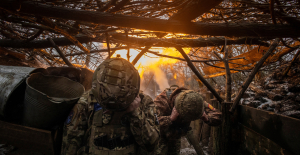 What is chloropicrin, the chemical agent that Washington accuses Moscow of using in Ukraine?
What is chloropicrin, the chemical agent that Washington accuses Moscow of using in Ukraine? Poland, big winner of European enlargement
Poland, big winner of European enlargement In Israel, step-by-step negotiations for a ceasefire in the Gaza Strip
In Israel, step-by-step negotiations for a ceasefire in the Gaza Strip BBVA ADRs fall almost 2% on Wall Street
BBVA ADRs fall almost 2% on Wall Street Sánchez cancels his agenda and considers resigning: "I need to stop and reflect"
Sánchez cancels his agenda and considers resigning: "I need to stop and reflect" The Federal Committee of the PSOE interrupts the event to take to the streets with the militants
The Federal Committee of the PSOE interrupts the event to take to the streets with the militants Repsol: "We want to lead generative AI to guarantee its benefits and avoid risks"
Repsol: "We want to lead generative AI to guarantee its benefits and avoid risks" Osteoarthritis: an innovation to improve its management
Osteoarthritis: an innovation to improve its management The yen jumps 3% then falls again, amid speculation of Japanese intervention
The yen jumps 3% then falls again, amid speculation of Japanese intervention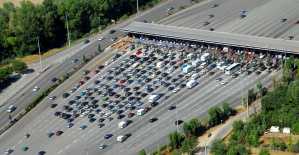 A very busy Friday on the roads of Île-de-France before the Ascension Bridge
A very busy Friday on the roads of Île-de-France before the Ascension Bridge Fraud: the government is preparing new measures for the fall
Fraud: the government is preparing new measures for the fall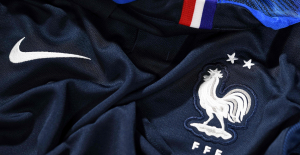 Nike breaks the bank to keep the Blues jersey
Nike breaks the bank to keep the Blues jersey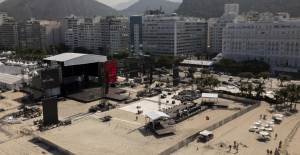 Madonna ends her world tour with a giant - and free - concert in Copacabana
Madonna ends her world tour with a giant - and free - concert in Copacabana Harry Potter: Daniel Radcliffe “really saddened” by his final breakup with J.K. Rowling
Harry Potter: Daniel Radcliffe “really saddened” by his final breakup with J.K. Rowling Leviathan, New York Trilogy... Five books by Paul Auster that you must have read
Leviathan, New York Trilogy... Five books by Paul Auster that you must have read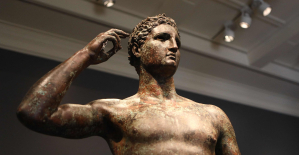 Italy wins a decisive round against an American museum for the restitution of an ancient bronze
Italy wins a decisive round against an American museum for the restitution of an ancient bronze Omoda 7, another Chinese car that could be manufactured in Spain
Omoda 7, another Chinese car that could be manufactured in Spain BYD chooses CA Auto Bank as financial partner in Spain
BYD chooses CA Auto Bank as financial partner in Spain Tesla and Baidu sign key agreement to boost development of autonomous driving
Tesla and Baidu sign key agreement to boost development of autonomous driving Skoda Kodiaq 2024: a 'beast' plug-in hybrid SUV
Skoda Kodiaq 2024: a 'beast' plug-in hybrid SUV The home mortgage firm rises 3.8% in February and the average interest moderates to 3.33%
The home mortgage firm rises 3.8% in February and the average interest moderates to 3.33% This is how housing prices have changed in Spain in the last decade
This is how housing prices have changed in Spain in the last decade The home mortgage firm drops 10% in January and interest soars to 3.46%
The home mortgage firm drops 10% in January and interest soars to 3.46% The jewel of the Rocío de Nagüeles urbanization: a dream villa in Marbella
The jewel of the Rocío de Nagüeles urbanization: a dream villa in Marbella Europeans: a senior official on the National Rally list
Europeans: a senior official on the National Rally list Blockade of Sciences Po: the right denounces a “drift”, the government charges the rebels
Blockade of Sciences Po: the right denounces a “drift”, the government charges the rebels Even on a mission for NATO, the Charles-de-Gaulle remains under French control, Lecornu responds to Mélenchon
Even on a mission for NATO, the Charles-de-Gaulle remains under French control, Lecornu responds to Mélenchon “Deadly Europe”, “economic decline”, immigration… What to remember from Emmanuel Macron’s speech at the Sorbonne
“Deadly Europe”, “economic decline”, immigration… What to remember from Emmanuel Macron’s speech at the Sorbonne These French cities that will boycott the World Cup in Qatar
These French cities that will boycott the World Cup in Qatar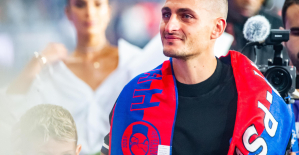 Mercato: Verratti at Barça? A track studied
Mercato: Verratti at Barça? A track studied Rugby: after the defeat during the Six Nations, the Blues will meet the English in September for a test match
Rugby: after the defeat during the Six Nations, the Blues will meet the English in September for a test match Premier League: Liverpool unveils its new jersey for next season
Premier League: Liverpool unveils its new jersey for next season Formula 1: Alpine holds its new executive technical director
Formula 1: Alpine holds its new executive technical director